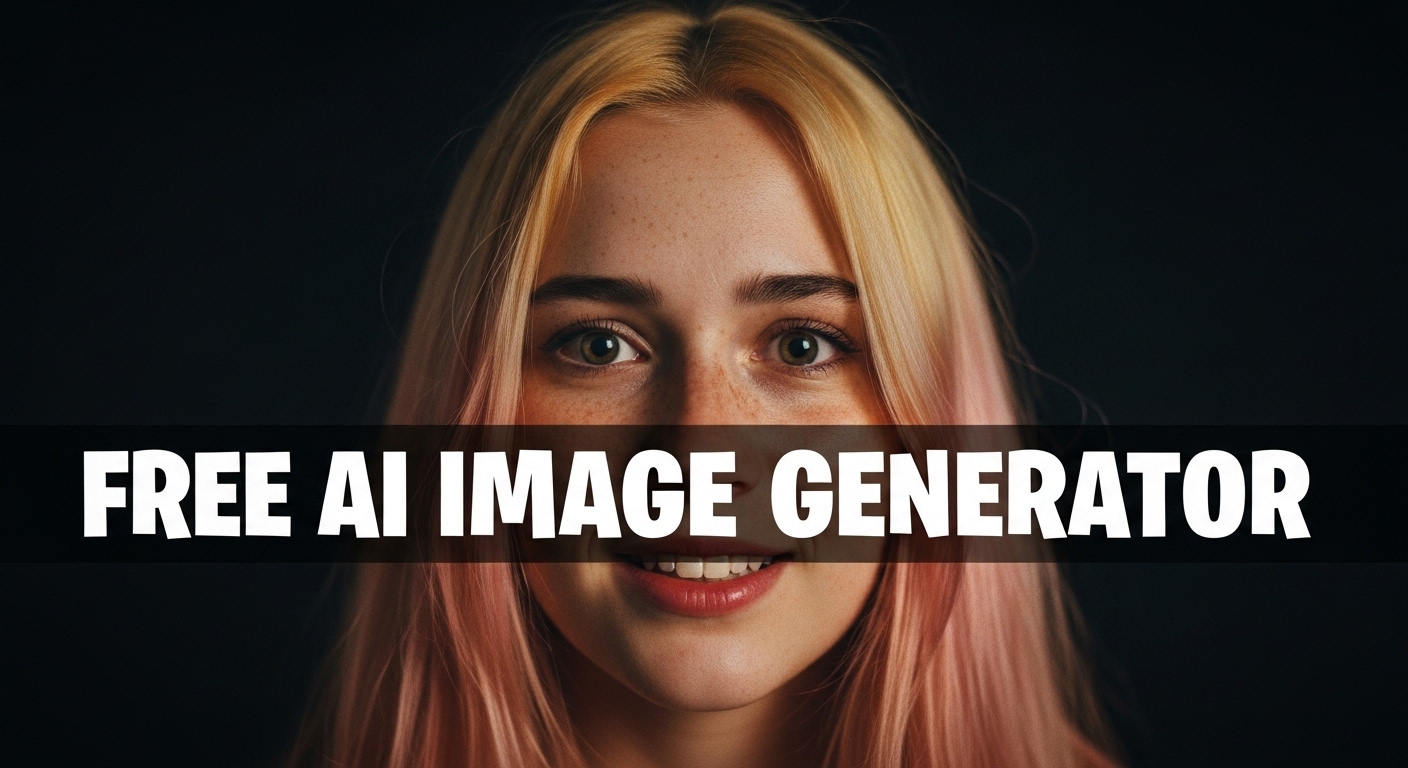Realistic Image Generator
Realistic Image Generator is a free online tool to generate realistic style images. The tool is free to use, just enter prompt in realistic style and generate realistic image style in seconds similar quality to flux, midjourney, open ai, imagen, nano banana AI image quality.
Generate Realistic AI Image for Free
Realistic AI image generator free online tool
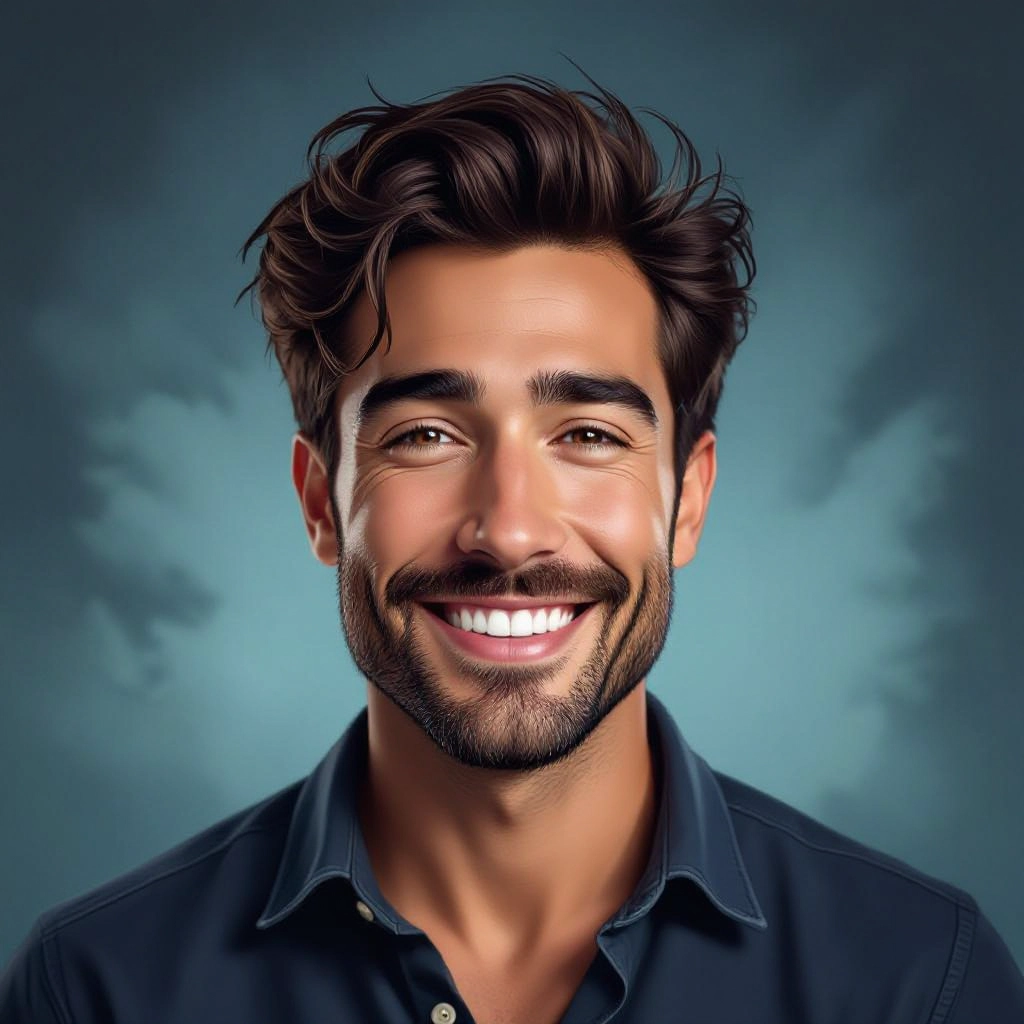
A realistic generator is an AI-driven image engine designed to produce photoreal images that mimic real-world lighting, materials, and camera behavior. It uses advanced neural rendering methods such as diffusion sampling, learned denoising, and texture-aware generators to reproduce surface microdetail, accurate specular highlights, subsurface scattering hints, depth of field, and natural color response. The system optimizes for physical plausibility by allowing control over camera parameters, light direction, and material properties so results appear like genuine photographs rather than stylized art.
Creative professionals adopt realistic generators when they need rapid photoreal assets: photographers augment portfolios, e-commerce teams produce consistent product photos, architects visualize unbuilt spaces, and game artists create high-fidelity concept shots. Marketers and directors use it to prototype campaign imagery quickly because it yields believable scenes that can be iterated on fast, reducing the need for costly real shoots while preserving real-world detail.
How to Create realistic AI Images for free
Start with a precise prompt specifying subject, mood, camera type, lens, lighting and material details; include references for skin texture, fabric weave or surface finish when applicable. Next choose realistic presets and technical settings such as high sampling, photographic color balance, depth of field, and seed control, then generate multiple variants to compare lighting and composition. Finally refine the best renders by adjusting prompts, upscaling the image, applying subtle postprocess fixes for noise and chromatic aberration, and repeating until the image matches the intended real-world appearance.
Enter AI Realistic Prompt
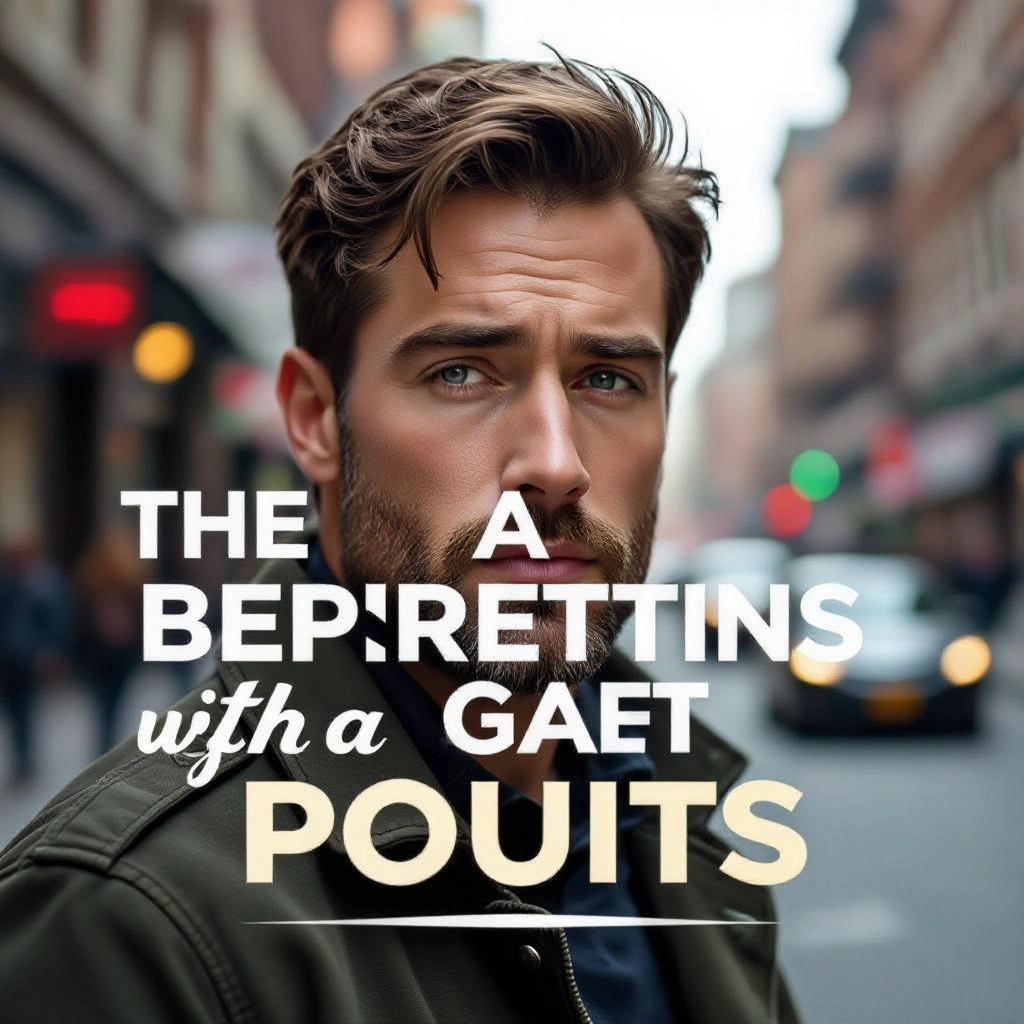
Type your realistic character or scene description in the prompt box. Include details like character appearance, clothing, expressions, and setting to get better AI realistic results.
Choose AI Model Settings
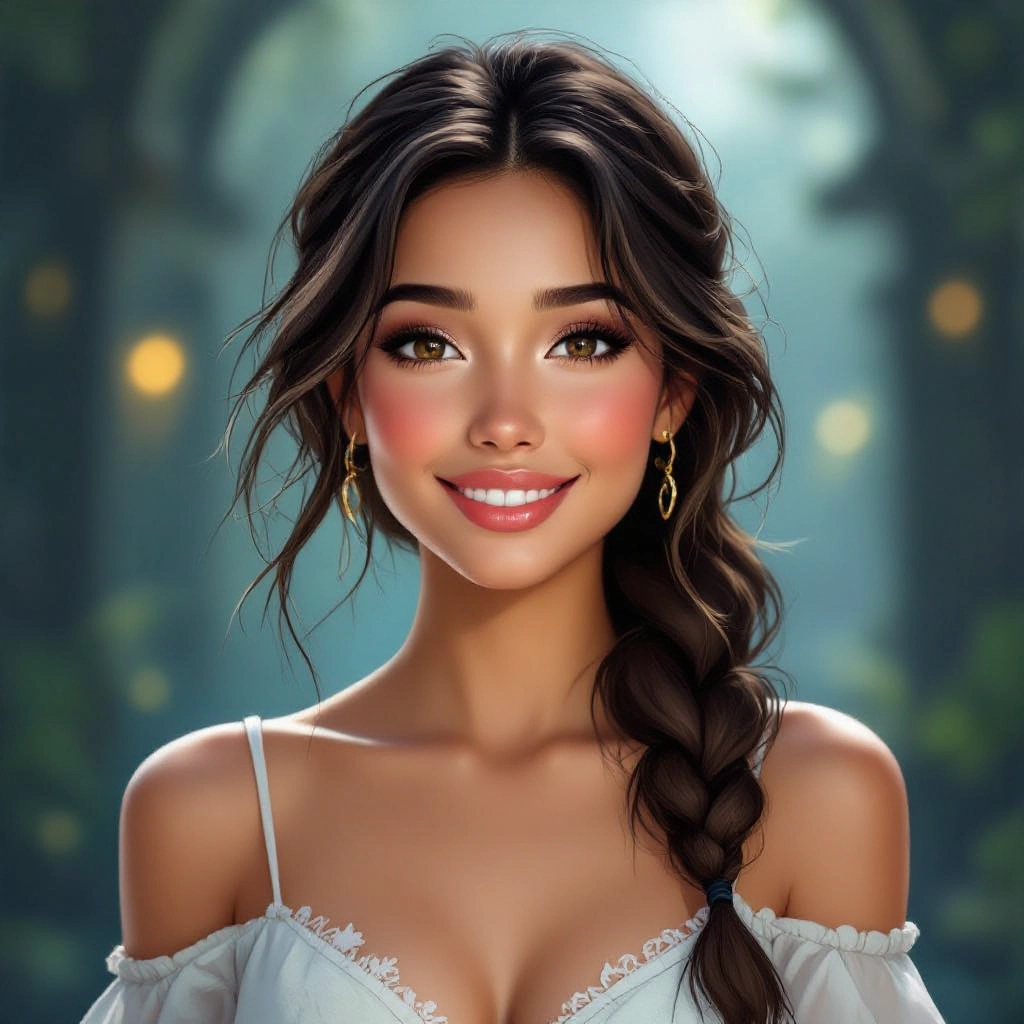
Select your preferred image size and aspect ratio. Our AI model delivers professional quality comparable to:
- • Flux AI Quality
- • Midjourney Standard
- • OpenAI DALL-E
- • Google Imagen
Download AI Realistic Image
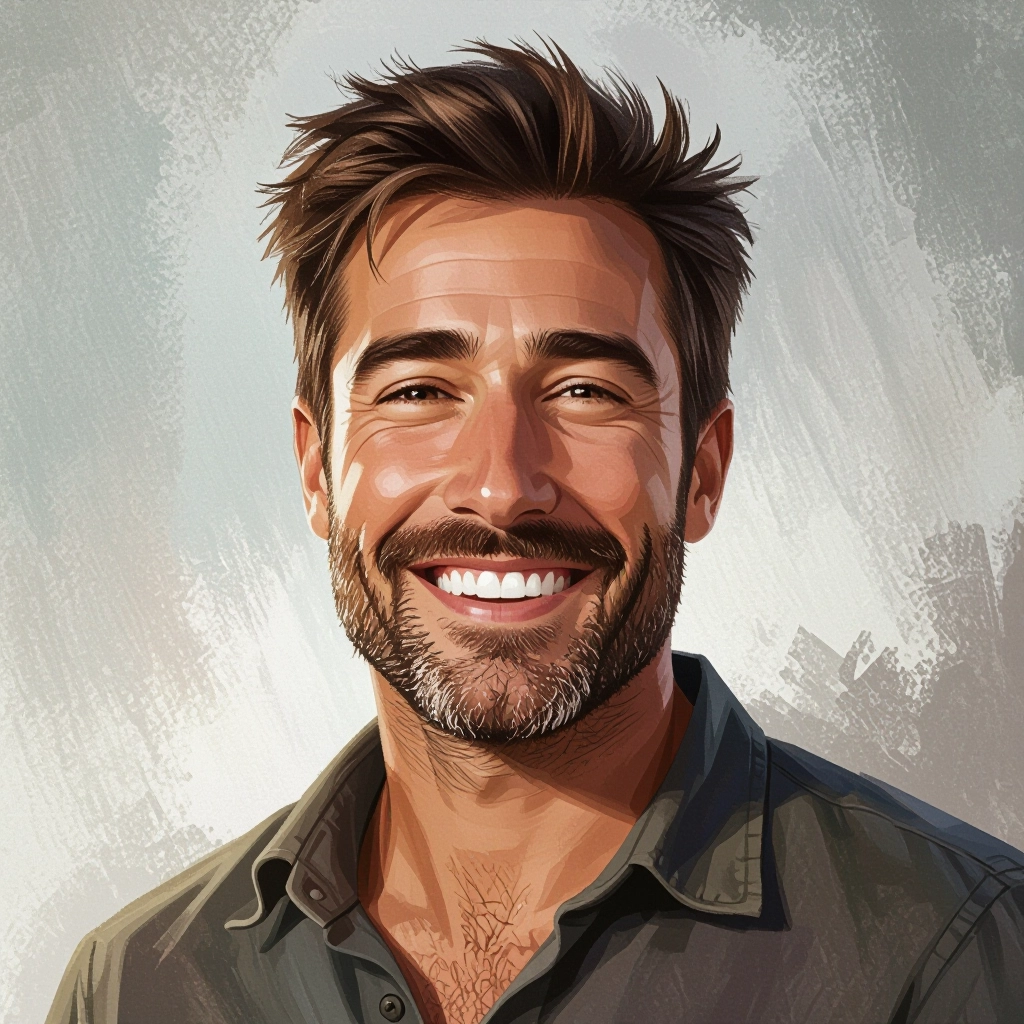
Once your AI realistic image is generated, click the download button to save it to your device. The image will be in high quality format ready for use.
Features of our AI realistic Image Generator
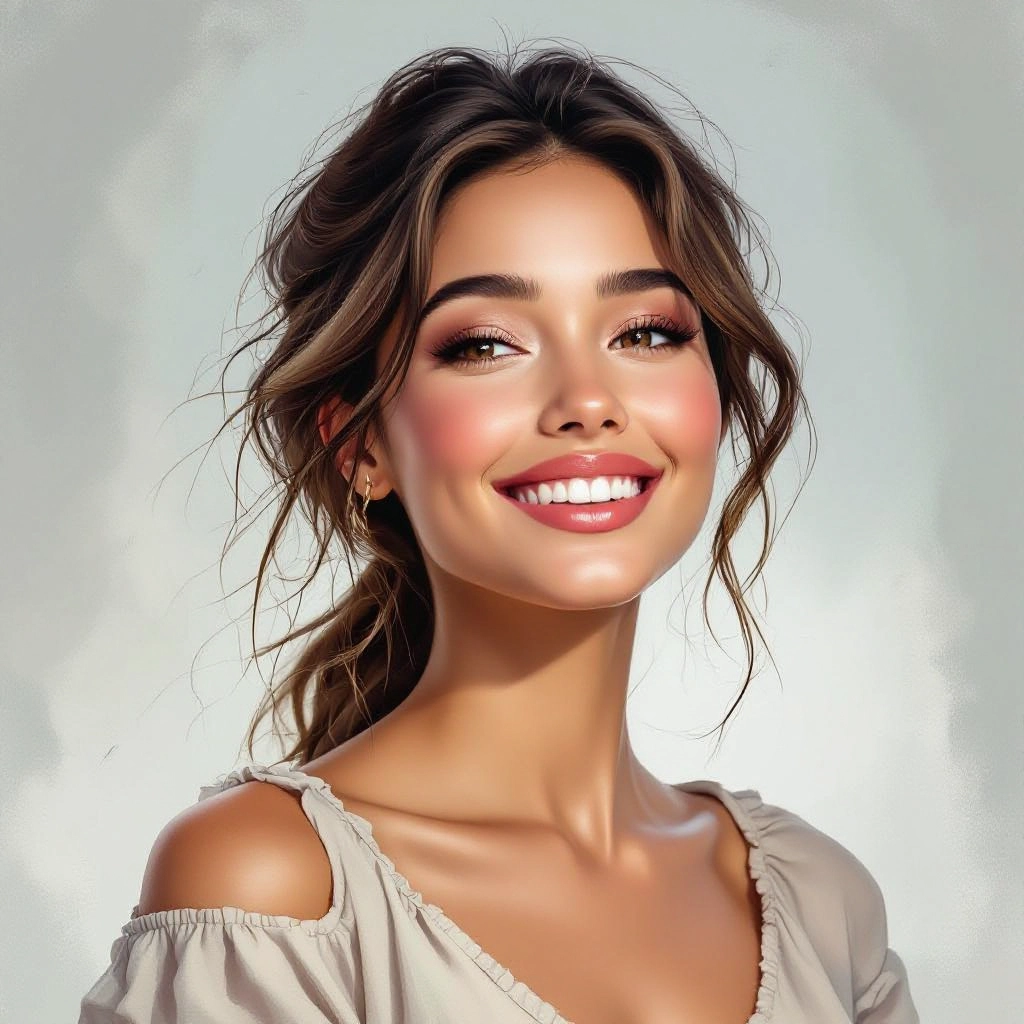
Photoreal Rendering Engine
A core engine tuned for realistic outputs that balances diffusion sampling with texture preservation to create lifelike skin, fabrics and natural materials while minimizing synthetic artifacts.
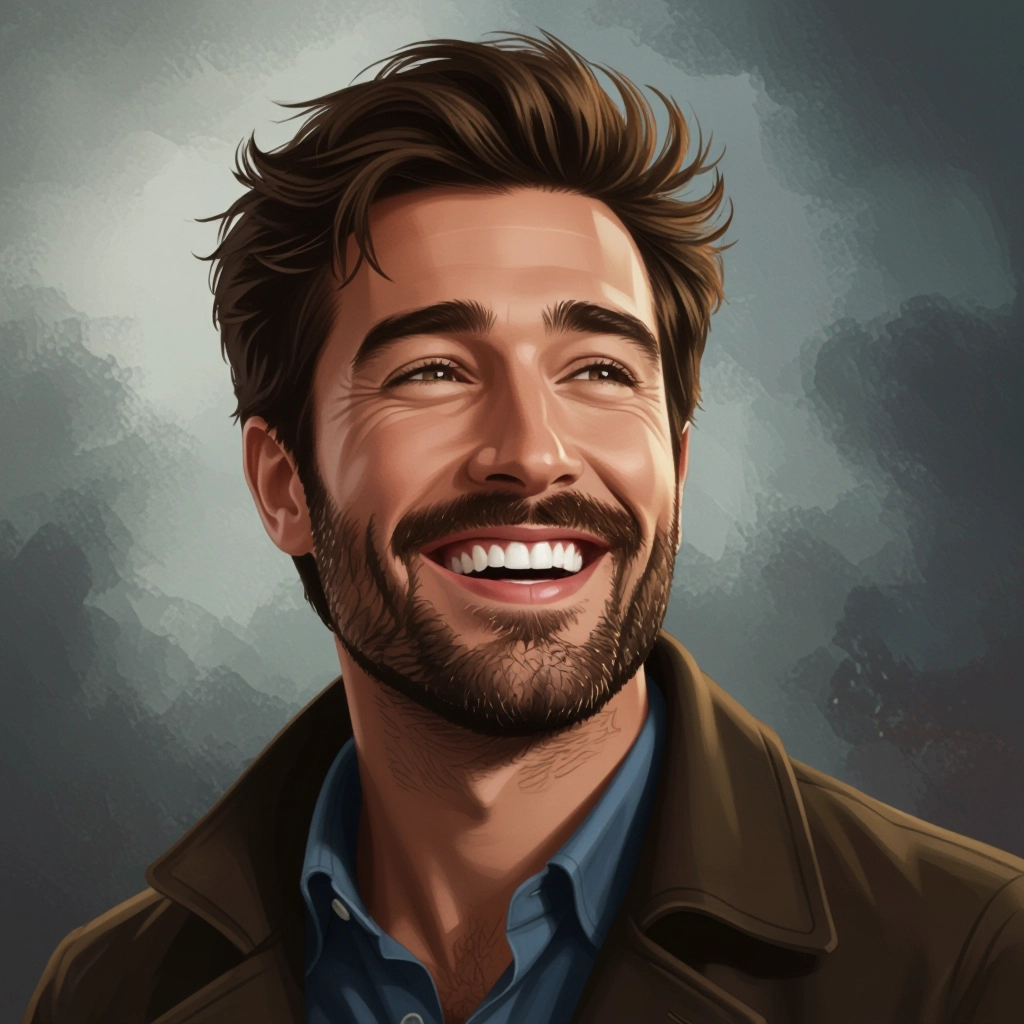
Advanced Lighting Controls
Directional light, HDRI environment maps, and configurable rim, fill and key lights let you recreate studio or natural lighting scenarios for accurate specular and shadow behavior.
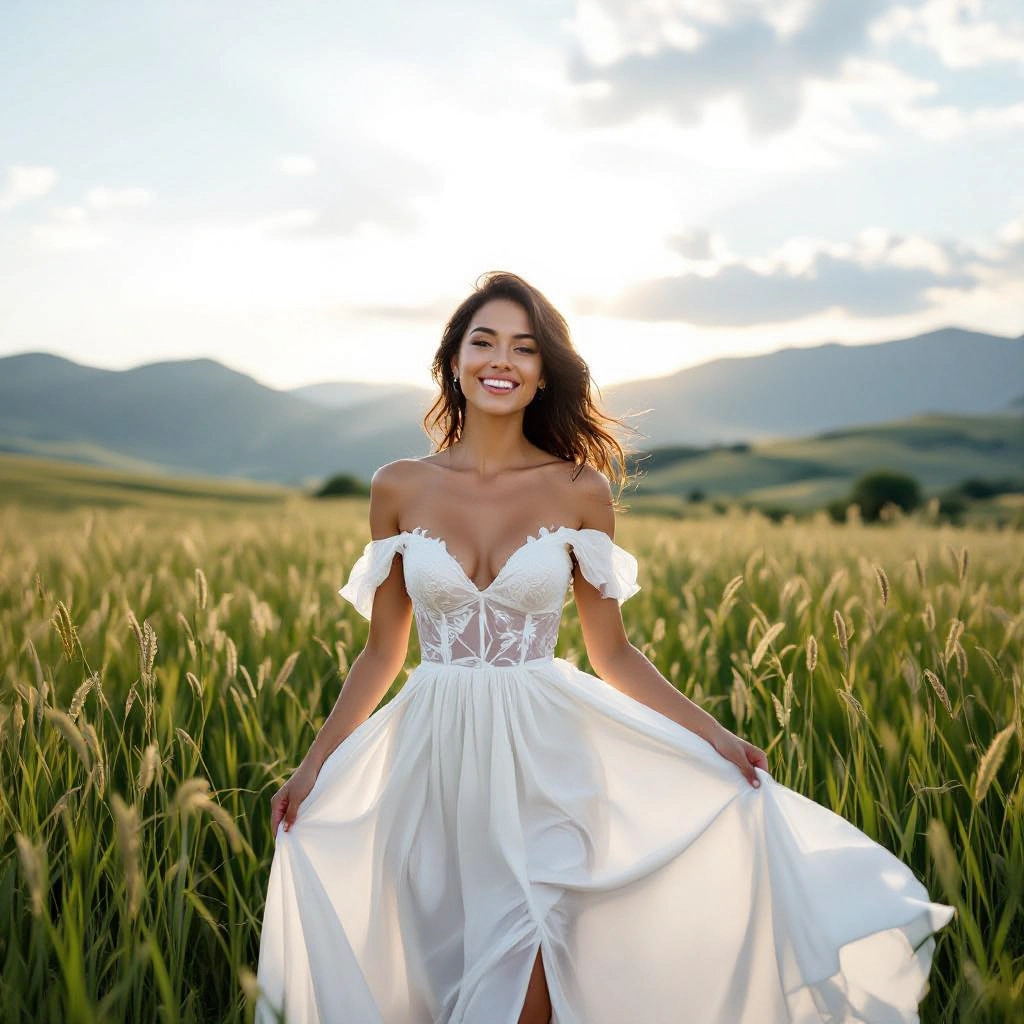
Texture and Material Fidelity
Micro-detail retention and material-aware synthesis produce convincing reflections, pores, cloth weave, and varnish finishes so surfaces read as authentic on close inspection.
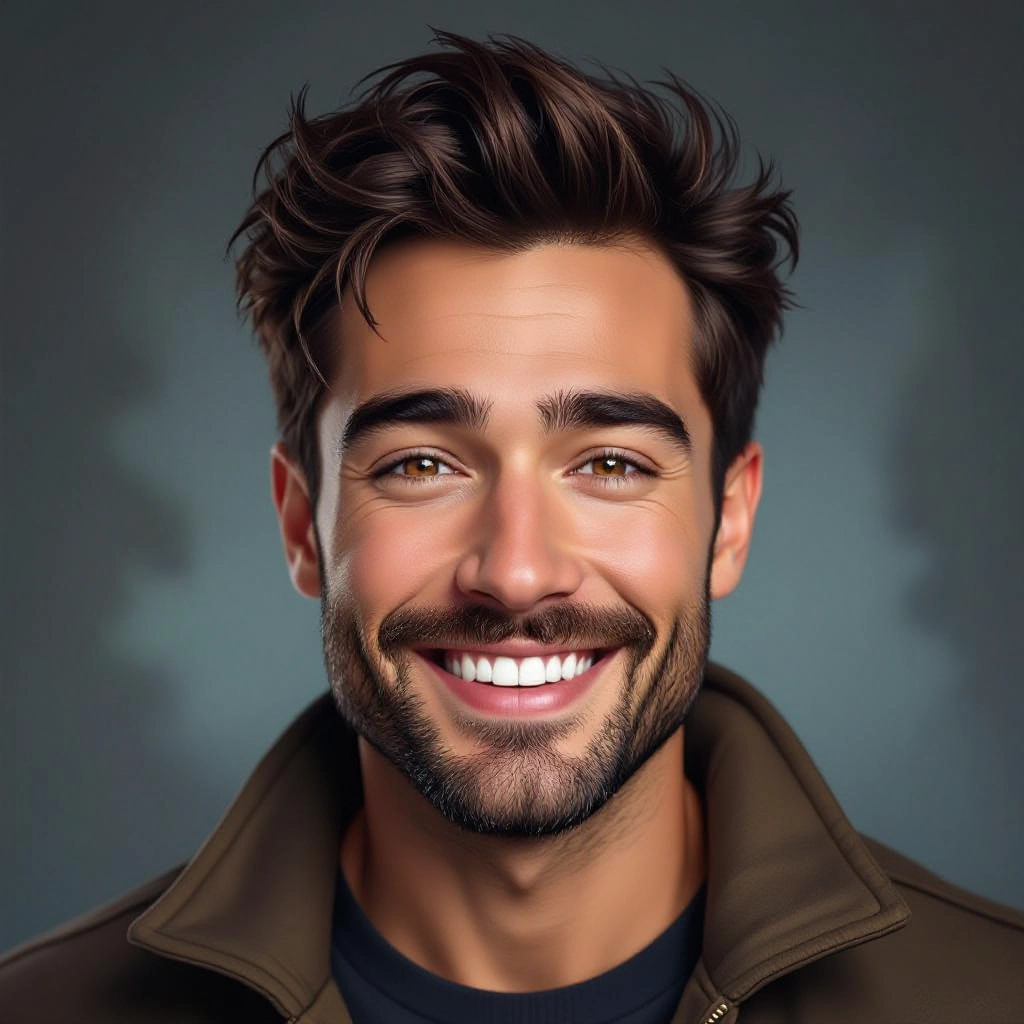
Camera and Lens Simulation
Simulated sensor responses, focal length, aperture and bokeh recreate photographic depth of field, perspective compression, and subtle lens artifacts for true-to-camera results.
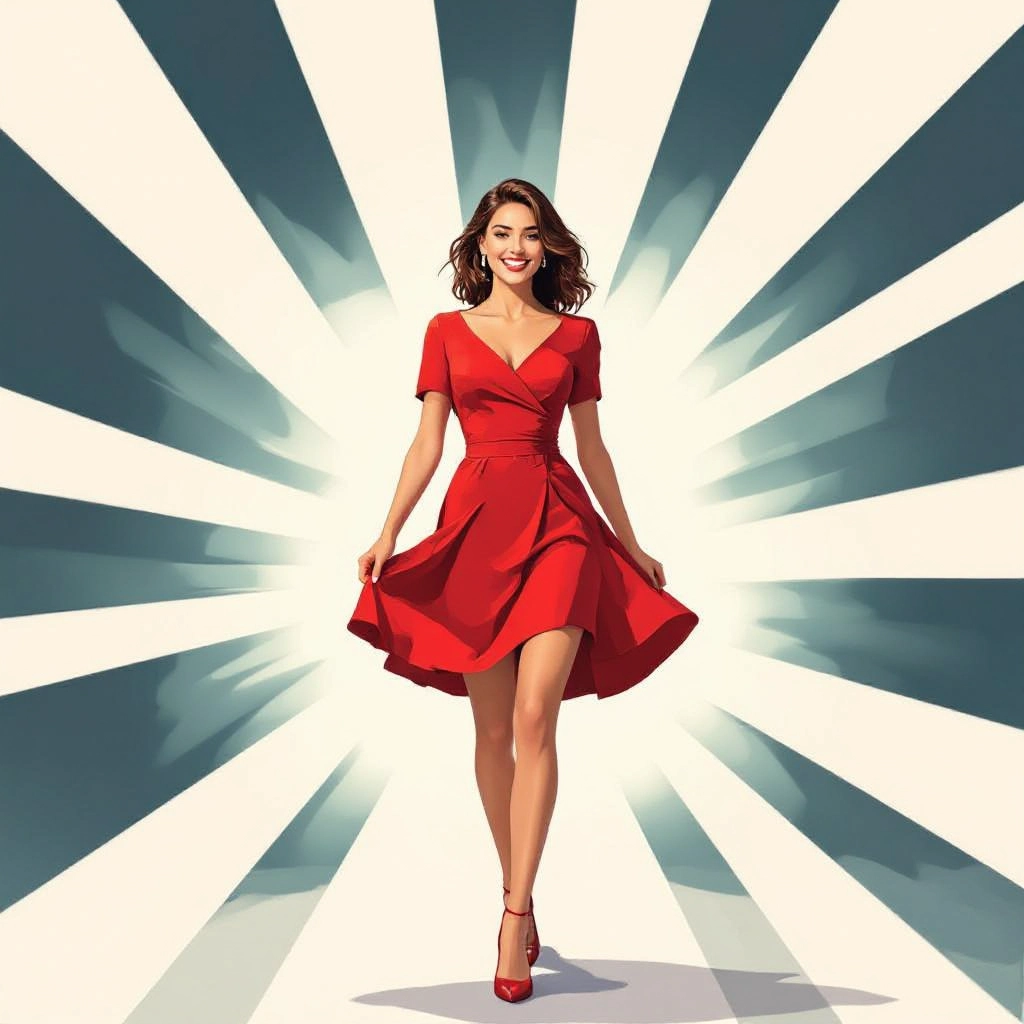
High-resolution Output and Upscaling
Native high-res generation and AI upscaling preserve fine detail for print and product imagery, with sharpening and noise suppression tuned for photoreal clarity.
Types of AI Powered Realistic Style Images
Realistic style images span multiple photographic workflows. Each variation emphasizes distinct real-world cues such as lighting, depth, scale and material behavior to match specific use cases like portraits, products, or environments.
Studio Portrait Realism
Controlled lighting, softboxes, catchlights and natural skin texture produce professional headshots that replicate a studio camera setup with accurate skin tones and subtle retouching.
Cinematic Scene Realism
Wide aspect ratios, motivated lighting, practical lights and filmic color grading create narrative-rich frames that look like movie stills with natural haze and volumetric light.
Product Photography Realism
Neutral backgrounds, crisp edges, precise specular reflections and consistent white balance render products with commercial-grade clarity for catalogs and e-commerce listings.
Architectural Visualization
Interior and exterior scenes use realistic sunlight, shadow length, accurate materials and human scale to convey spatial relationships and construction detail convincingly.
Macro Realism
Extreme close-ups emphasize surface microstructure, fiber detail and shallow depth of field, ideal for jewelry, textiles and biological subjects requiring high magnification realism.
Aerial and Landscape Realism
Large-scale terrain, atmospheric scattering, realistic cloud lighting and aerial perspective deliver believable landscapes and cityscapes from drone or high-altitude viewpoints.
Applications of AI realistic images in real world
E-commerce Product Photos
Generate consistent, scalable product images with studio lighting and neutral backgrounds to speed catalog production and present lifelike textures and finishes.
Advertising and Marketing
Produce campaign imagery that matches a brand's photographic standards, allowing fast concept testing of compositions, models and lighting scenarios prior to real shoots.
Concept Art and Previsualization
Create realistic scene mockups for directors, game leads and designers to evaluate mood, scale and composition during early development phases with photoreal fidelity.
Architectural and Interior Renderings
Visualize built spaces with accurate daylighting, material behaviors and human context to communicate design intent to clients and stakeholders.
Film, VFX and Storyboarding
Generate photographic-quality references and previs frames for set design, lighting setups and visual effects planning without full physical production costs.
AR and VR Asset Production
Create realistic textures and environment maps for immersive experiences where believable lighting and material interaction are essential for immersion.
FAQs about AI realistic image generator
How realistic can AI images get compared to a real camera photo?
AI images can approach photographic realism in lighting, texture and depth when prompts include camera and lighting details and when settings use high sampling plus texture-preserving models. Small cues like micro-shadowing and accurate specular highlights make a big difference. However, extreme close inspection may reveal generative artifacts unless the image is postprocessed or refined through multiple iterations.
What prompts produce the most realistic results?
The best prompts specify subject, material, light direction, time of day, camera model, lens focal length and aperture. Include adjectives for texture and finish such as matte, glossy, porous, or woven, and reference photographic terms like 'golden hour', 'softbox', or '35mm portrait' to align the model with real-world photography cues.
Can I use generated images for commercial projects?
Commercial use is typically allowed but depends on the platform's license and the source of any reference assets. Check the tool's terms of service for commercial rights, and avoid using protected trademarks or identifiable faces without permission. When in doubt, use generated images as references or obtain explicit licensing where required.
How do I improve fine detail and reduce artifacts?
Increase sampling or quality settings, generate multiple seeds and ensemble the best outputs, then apply targeted upscaling and denoise passes. Use prompt emphasis on micro-detail and material fidelity, and perform subtle manual retouching for edges, eyes and hair where generative models often struggle.
Are there ethical concerns when creating realistic images?
Yes. Realistic images can be mistaken for real events or people, so disclose synthetic origin when appropriate, avoid creating deceptive imagery of real individuals or sensitive topics, and follow platform guidelines and legal requirements regarding likeness and misinformation.
What output sizes and formats are available for realistic needs?
Most realistic generators offer a range from web-ready sizes to high-resolution outputs suitable for print. Look for options that export PNG or TIFF for lossless quality and support upscaling to 4K or higher while preserving texture detail and dynamic range.

Explore All Image Generators
More generators coming soon!
